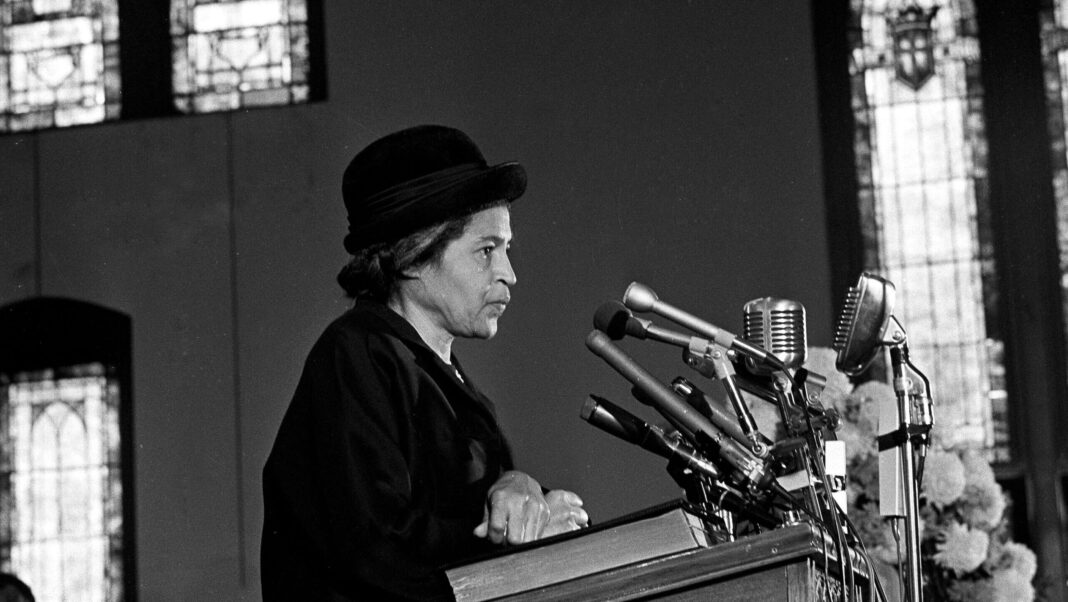Unveiling History: Statues of Rosa Parks and Helen Keller at the Alabama Capitol
This Friday marks a significant moment in Alabama’s history with the unveiling of two statues: Rosa Parks and Helen Keller. These two women, both hailing from Alabama, played monumental roles in advocating for justice and inspiring change on a global scale. Their statues will not only honor their legacies but also represent a broader narrative within the Capitol grounds that traditionally featured male figures, especially those associated with the Confederacy.
A Historic First
As the first statues of women to grace the lawn of the Alabama Capitol, the monuments to Parks and Keller signal an important shift in the representation of women in public spaces. Until now, visitors to the Capitol encountered numerous tributes to male figures, with the sole existing representation of women being a bust of former Governor Lurleen Wallace. Wallace was the state’s first female governor and held office until her death in 1968; yet, the absence of monuments honoring women like Parks and Keller highlighted a gap in recognizing their contributions to society.
The Voices of Change: Rosa Parks
Known widely as the mother of the modern civil rights movement, Rosa Parks became an icon of resistance on December 1, 1955. Parks’ refusal to give up her bus seat to a white passenger catalyzed the yearlong boycott of Montgomery’s segregated bus system. This pivotal act of defiance not only sparked significant change in Alabama but also served as a rallying cry for the civil rights movement across the nation. The statue of Parks will be positioned strategically at the steps of the Alabama Capitol, facing Dexter Avenue—the very street where her brave stance against racial segregation unfolded. This location serves as a powerful reminder of Parks’ legacy and her enduring impact on the fight for justice.
Helen Keller: A Champion for the Disenfranchised
Helen Keller, born on June 27, 1880, in Tuscumbia, Alabama, experienced a life-altering illness that left her deaf and blind shortly before turning two years old. Overcoming immense challenges, Keller learned to communicate through the unwavering support of her tutor, Anne Sullivan. Keller didn’t just navigate her own disabilities; she became a prominent advocate for the rights of people with disabilities, women, and the impoverished. Her contributions to writing and lectures have inspired countless individuals worldwide, solidifying her position as an influential figure in social justice movements. The statue of Keller will face the Alabama Statehouse, symbolizing her enduring influence on legislation and human rights.
A Broader Historical Context
The addition of Parks and Keller’s statues amidst existing monuments honoring Confederate figures serves as a poignant juxtaposition. The Alabama Capitol, which was a focal point for the Confederacy in 1861, is now evolving to reflect a more inclusive historical narrative. This change signals a commitment from state lawmakers to recognize the diverse contributions of all Alabamians, particularly women who have played pivotal roles in shaping history.
Legislative Journey to Monumentation
The journey to erect these statues has been lengthy, spanning over six years. In 2019, Alabama lawmakers, led by Representative Laura Hall, approved legislation that authorized the placement of these significant monuments. Hall emphasized the importance of showcasing women’s contributions in the Capitol, stating that it is essential for visitors to comprehend “the full picture” of history and the roles women have played within it.
Honoring Shared Legacies
Both Parks and Keller represent figures that transcend racial and political divides. As Hall noted, their stories resonate with individuals from various backgrounds, highlighting their remarkable ability to bridge societal gaps. Their shared legacies of resilience and activism forge a deeper understanding of the struggles and triumphs faced by marginalized groups throughout history.
With the unveiling of these statues, the Alabama Capitol embraces a new chapter—one that honors the indomitable spirits of Rosa Parks and Helen Keller while inviting reflection on the ongoing struggle for equity and justice.



